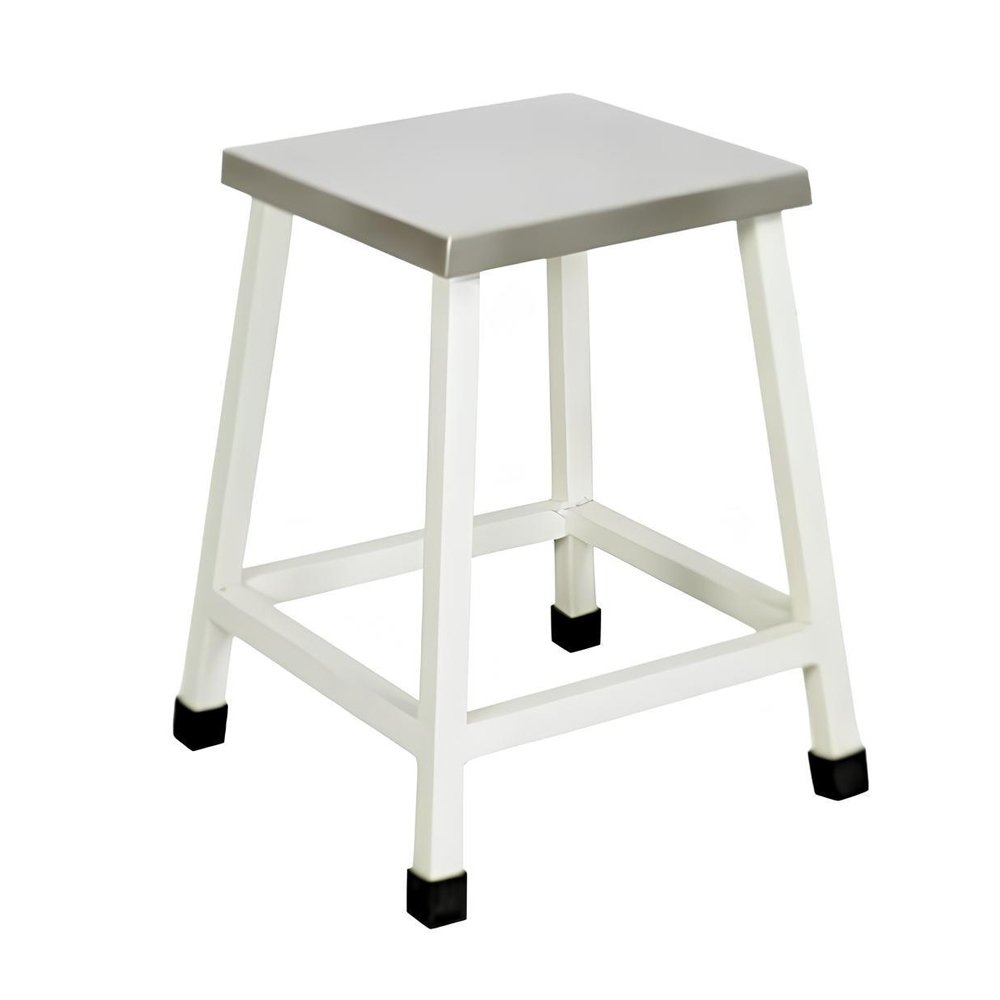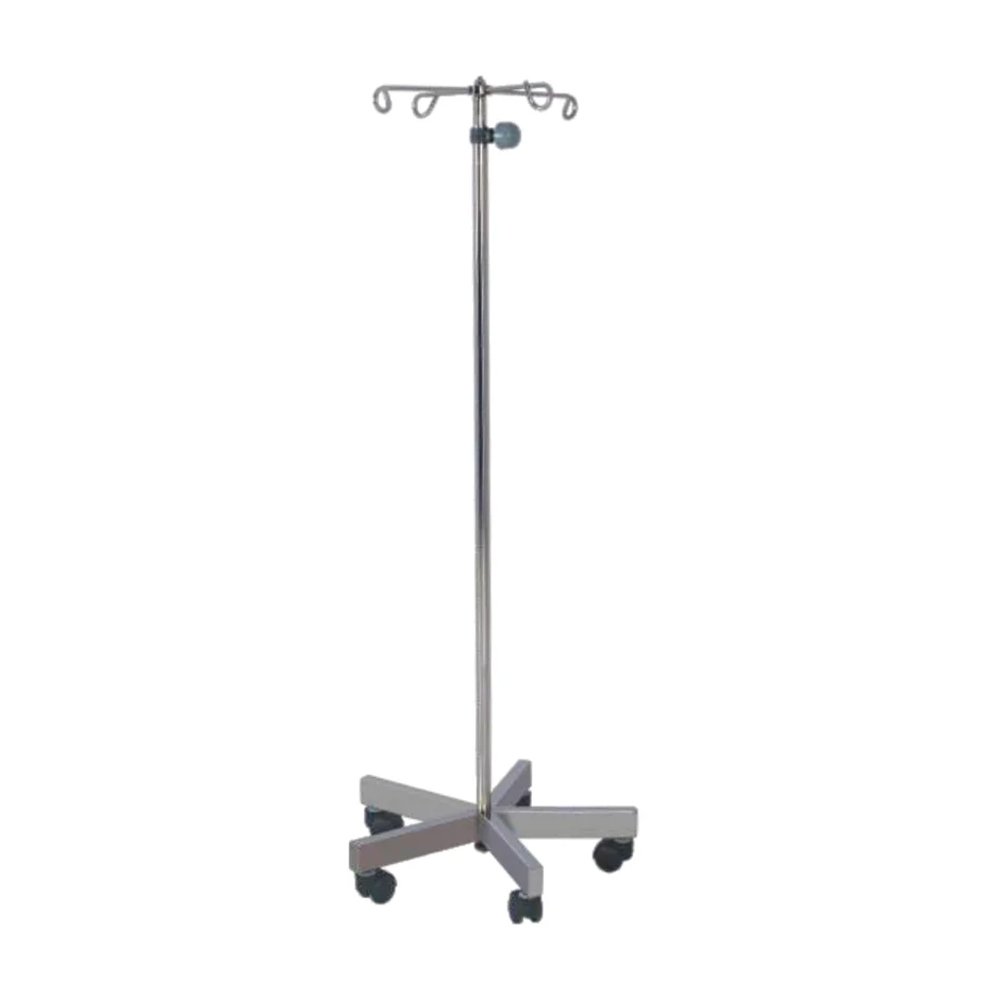Key features and components of a medical crash cart typically include:
Defibrillator Mounting: Many crash carts come equipped with a platform or bracket to secure a defibrillator. This ensures that a defibrillator is readily available for the immediate treatment of cardiac arrest, a crucial element in emergency response.
Emergency Medications: Crash carts are stocked with a variety of emergency medications, including but not limited to epinephrine, atropine, adenosine, and medications to address various critical conditions.
Resuscitation Equipment: Essential resuscitation equipment such as bag-valve masks, endotracheal tubes, airway management tools, and suction devices are typically included. These items are vital for maintaining and securing a patient’s airway during emergency situations.
Cardiac Monitoring Tools: Crash carts often contain equipment for cardiac monitoring, including ECG (electrocardiogram) leads, electrodes, and a monitor. This allows healthcare providers to quickly assess and monitor the patient’s cardiac activity.
Airway and Breathing Support Devices: The cart is equipped with devices such as oxygen masks, nasal cannulas, and other respiratory support tools to assist with airway and breathing management during emergencies.
Intravenous (IV) Access Supplies: Crash carts include items such as IV catheters, tubing, and fluids to establish and maintain intravenous access for the administration of medications and fluids during critical situations.
Automated External Defibrillator (AED): Many crash carts are equipped with an AED, which is a portable device that delivers electric shocks to restore normal heart rhythm in cases of sudden cardiac arrest.
Documentation Supplies: Some crash carts feature compartments for documentation supplies, allowing healthcare providers to record essential information during emergency interventions.
Mobility: Crash carts are equipped with wheels or castors, allowing for swift and easy movement to the location of a medical emergency. This mobility ensures that essential resources can be brought directly to the patient’s bedside without delay.
Color-Coded Organization: Crash carts often feature color-coded drawers and compartments, each designated for specific types of medical supplies or medications.






Reviews
There are no reviews yet.